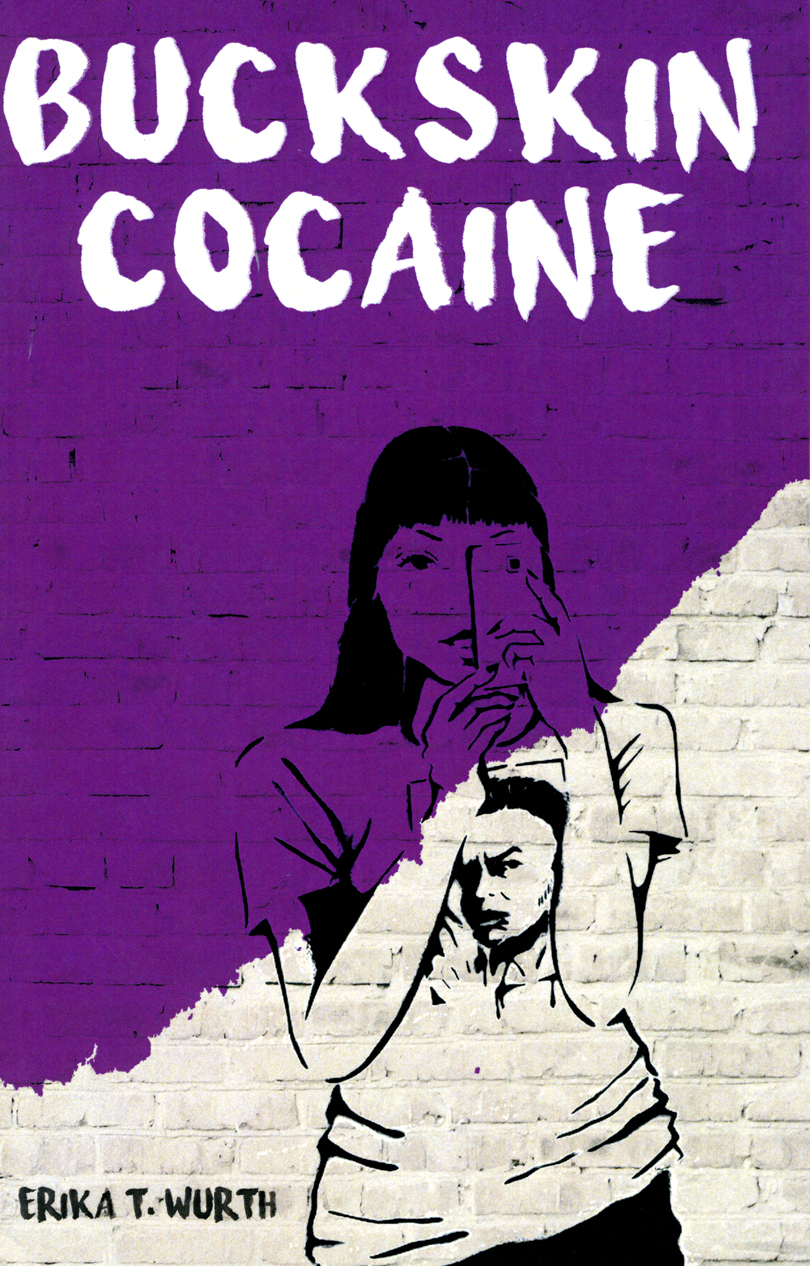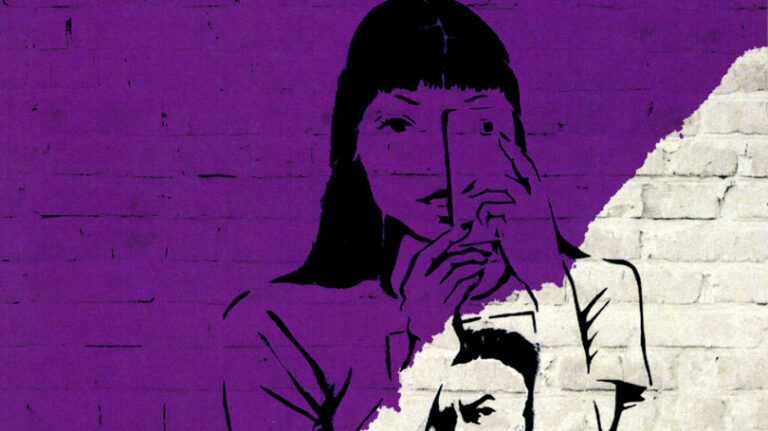Book Review: Buckskin Cocaine
The High Desert Underworld Of Buckskin Cocaine


Latest Article|September 3, 2020|Free
::Making Grown Men Cry Since 1992




